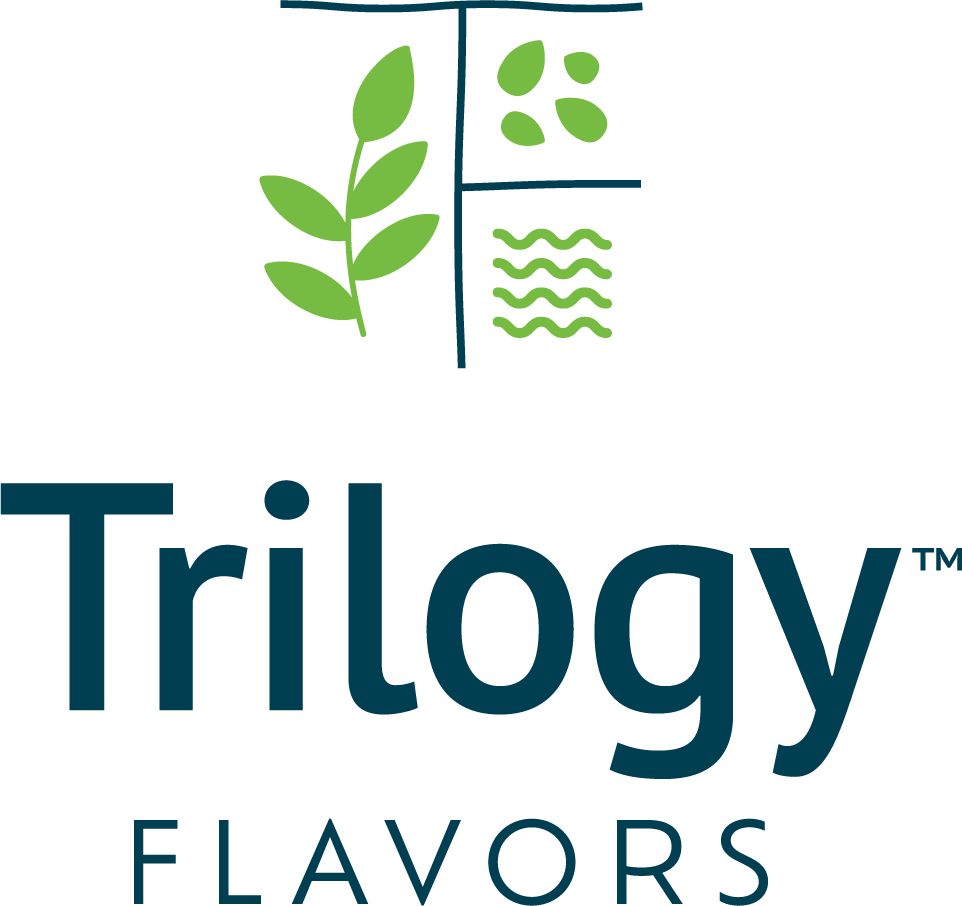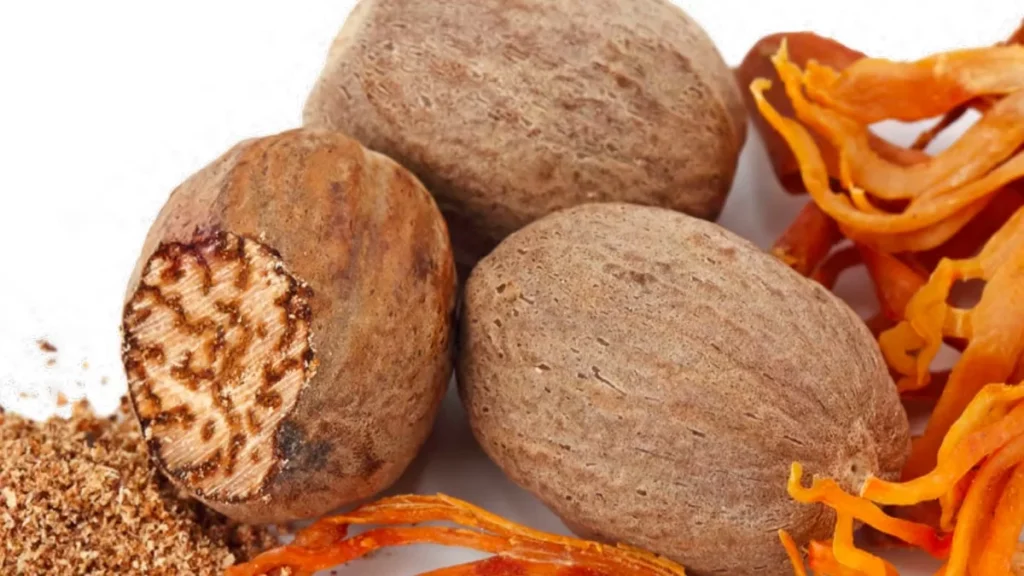Overview
Reaction flavors, sometimes referred to as processed flavors, are the resulting mixture of products from various chemical reactions where the flavor differs greatly from the starting materials (reactants). Thanks to the magic of science, raw materials are transformed in the reaction vessel into rich flavors that include roasted, baked, grilled, or fried notes. A wide range of nuanced flavors can be made using reactions from fried garlic to chocolate to roast beef pan drippings. These flavors are available across delivery systems which allows them to be used in a number of applications including sauces, meats, snack foods, and baked goods.
Reaction flavors can be created by one or more of the following: Fermentation, curing, enzymolysis, and Maillard reaction (thermal). Maillard Reaction is the general term for non-enzymatic browning due to thermal (heated) reactions in the presence of carbohydrates (sugar, starches, etc.) and amino acids (from proteins). The reaction is named after Louis-Camille Maillard, a French chemist who first described it in 1912. Maillard was able to illustrate through chemistry why a grilled steak or sautéed garlic and onion smell and taste so appealing. Typically, when “browning” or “caramelizing” is discussed when it relates to food, it is referring to a Maillard reaction. Trilogy flavor chemists, like myself, use the same principles today to mimic a bouquet of aromas and tastes that come from such thermal reactions. In particular, through these methods, we are able to create savory meat-y flavors that seamlessly enhance the flavor profile of meat alternatives.
For access to market data and flavor solutions, please subscribe to our newsletter.
Reaction Flavors at Trilogy
At Trilogy, we specialize in reaction flavors and have curated a line of flavors for countless applications. We have developed meat types, savory roasted onion and garlic concentrates, and a reaction chocolate base. Most of the line of reaction flavors are oil soluble and are Clean-Label compatible. We also produce water-soluble flavors. While the water-soluble versions often have more flavor intensity, some of their ingredients’ label declarations may not be suitable for those that are clean-label conscious. For example, hydrolyzed vegetable proteins (HVP’s) are natural flavor ingredients themselves, but are often prohibited by those whose consumable has had the water-soluble reaction flavor containing HVP added. This is why we love to work with our customers to identify their exact flavor and labeling needs. Our emphasis on keeping open lines of communication allows us to choose and/or create the optimal flavor for any finished product.
While the toasted flavors of a freshly-baked chocolate cookie are a seemingly simple joy, there is in fact a myriad of complex events occurring on a molecular level. Typically, the starting flavor-generating materials are made up of a protein source, sugars, and amino acids. Thermal processing (heating/cooking) is required for the complex series of reactions to proceed and create browning along with trace amounts of aroma chemicals, mostly cyclic organics. The aromatic chemicals often incorporate nitrogen and sulfur into their ring structure in place of one or more carbon atoms.
Trilogy only uses non-animal, plant-derived ingredients and/or of petrochemical origin when no other available source is viable. Thanks to the copious amount of due diligence that occurs during sourcing, we can ensure that our finished flavors are vegetarian or vegan compatible.
Use in Application
The choice of using only animal-free derived ingredients makes our flavors perfectly suited for plant-based foods, especially considering the rise of meat alternatives/meat analogs. We have tested many of our reaction flavors in plant-based meats, and are very pleased with the results thus far. With many of the plant-based options currently on the market, the texture, cooking experience, and price are all attractive, but the flavor profile isn’t quite comparable to muscle tissue. Our flavors transform a plant-based burger into a more-enjoyable eating experience. Opportunities exist for flavoring plant proteins, insect proteins, mycoproteins, and cultured meats. Consumables that contain meat/animal products continue to be excellent points of application.
Reaction flavors in animal feed, specifically dog food and treats have been applied in the matrix, externally in a coating, and as part of a dry topical powder to kibble. Canned (wet) dog foods incorporate reaction flavors to appeal to the dog’s sense of smell, and also provide olfactory pleasure to the owner.
“Hot” Reaction Flavors for Alternative Proteins
The following three flavors are homeruns when it comes to flavoring meat alternatives. As mentioned above, all are 100% vegan/vegetarian, and will leave your mouth watering. Opening the sample bottle quickly transports one to a holiday feast. These flavors are not to be missed.
• 80228 Baked Ham Type NFB (O/S) has a profile of a typical bone-in ham baked at a holiday gathering. It is used in baked beans, prepared pork barbecue, and internally flavored cheese.
• 80571 Rotisserie Chicken Type NFB (O/S) has an open-flame roasted with herbs profile and is used in stuffing, chicken gravy, and pet food too.
• 80225 Roast Beef Drippings Type NFB (O/S) has the aroma and flavor of pan drippings from an oven-baked roast. This flavor fits with gravy, canned beef stew, and pet food.
Top 5 Benefits of Using Trilogy’s Reaction Flavors
- Mimic the named flavor
- Generally, heat stable
- No microbial issues
- Difficult to duplicate






